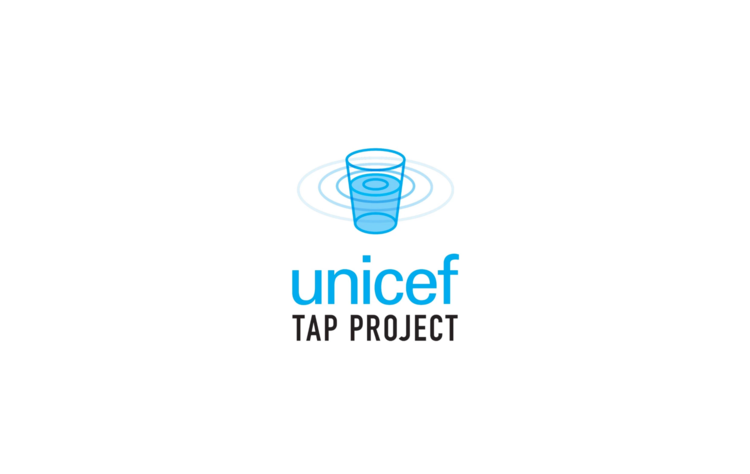You don’t have to be a behavioral scientist to change behavior… but understanding the principles is a huge help if you want to *consistently* change behavior.
It’s similar to cooking.
You don’t have to be a chef to bust out a delicious meal every once in awhile, but understanding the principles of cooking will make your hit rate a *lot* higher.
I think that the fields that can gain the most from a solid understanding of behavioral science are advertising, product design, and human resources.
And today we’re going to talk about the first field on that list: advertising.
Recently, I stumbled across AdAge’s list of the top advertising campaigns in the 21st century (so far).
The 15th campaign on the list is the UNICEF Tap Project.
It’s a brilliant campaign that takes advantage of quite a few behavioral science principles.
Here’s how it worked:
To spread awareness of, and gain more for, drinking-water issues, UNICEF partnered with a bunch of different restaurants. When customers got their bills, they were asked to donate $1 to UNICEF for the drinking water they received.
Simple and brilliant.
And here’s why this kind of program is so effective:
1. It takes advantage of reciprocity
You’ve already been given a nice, cool glass of water… so you feel indebted to the person asking for a (small) donation.
2. It takes advantage of anchoring
Eating out is expensive. Even a dinner at the Olive Garden costs an average of $16.50 per person… and most of the restaurants that were involved in this program were likely much more expensive.
$1 seems like nothing when compared to $16.50, or $20, or $30…
3. It piggybacks on a payment that’s already occurring
Getting someone to make a purchase is hard–really hard. Getting a person to tack on an extra item to a purchase that is already occurring? Not so hard. This is called piggybacking.
As one of the creators of the campaign said: “In a restaurant you’re ready to make a transaction,” he explained, so providing the average person with the option to add a dollar to provide safe drinking water to disadvantaged children would not be unwelcome. “Who wouldn’t do that?” he asked, “It felt like such an obvious, low-hanging fruit, no-brainer idea…”





